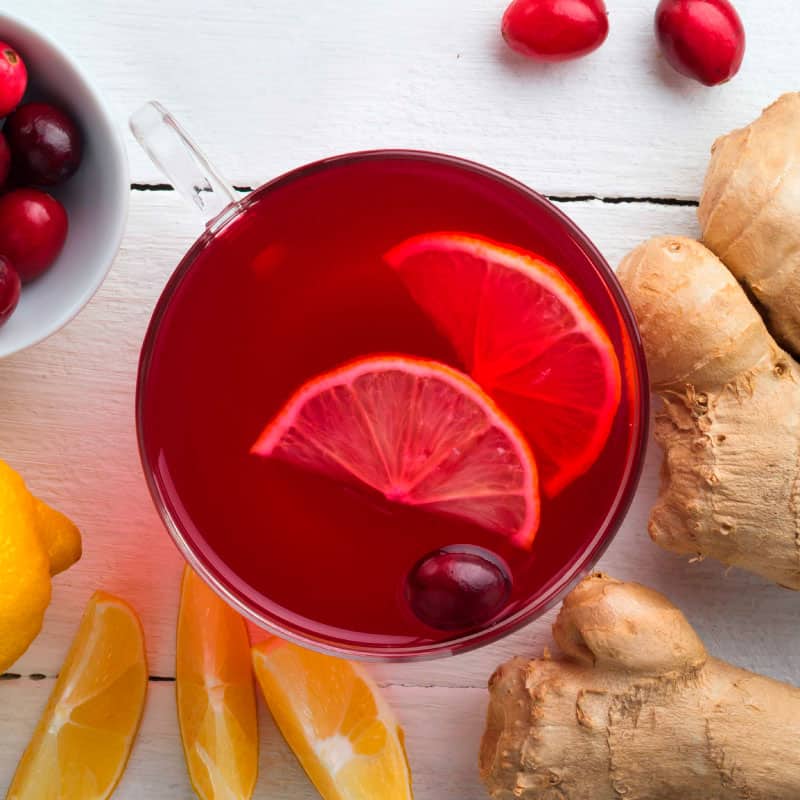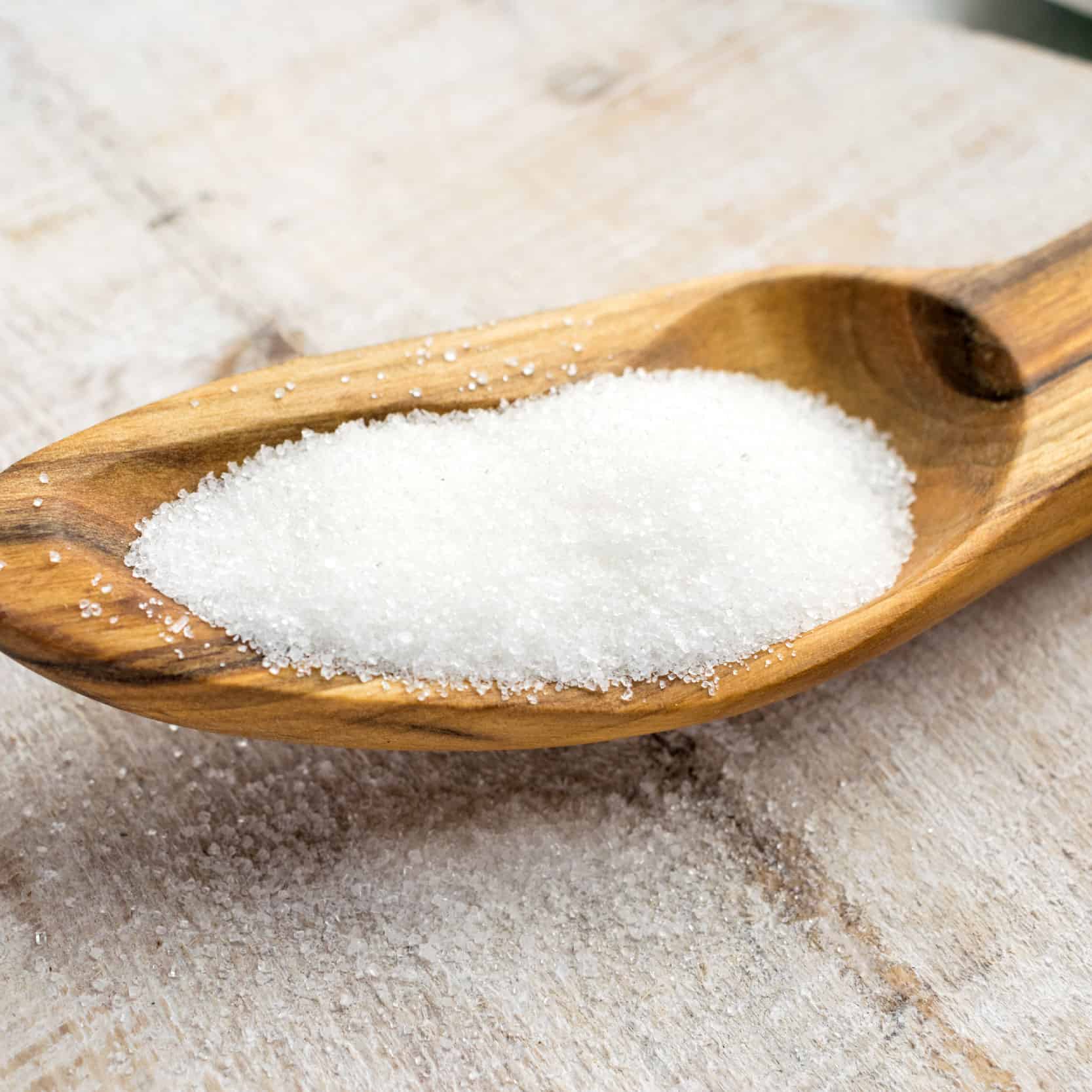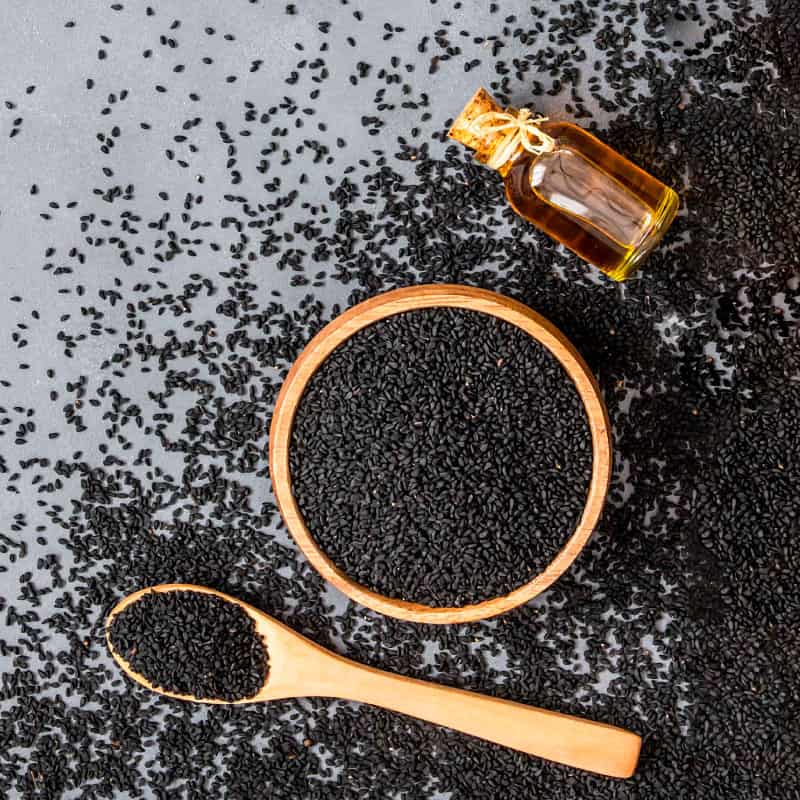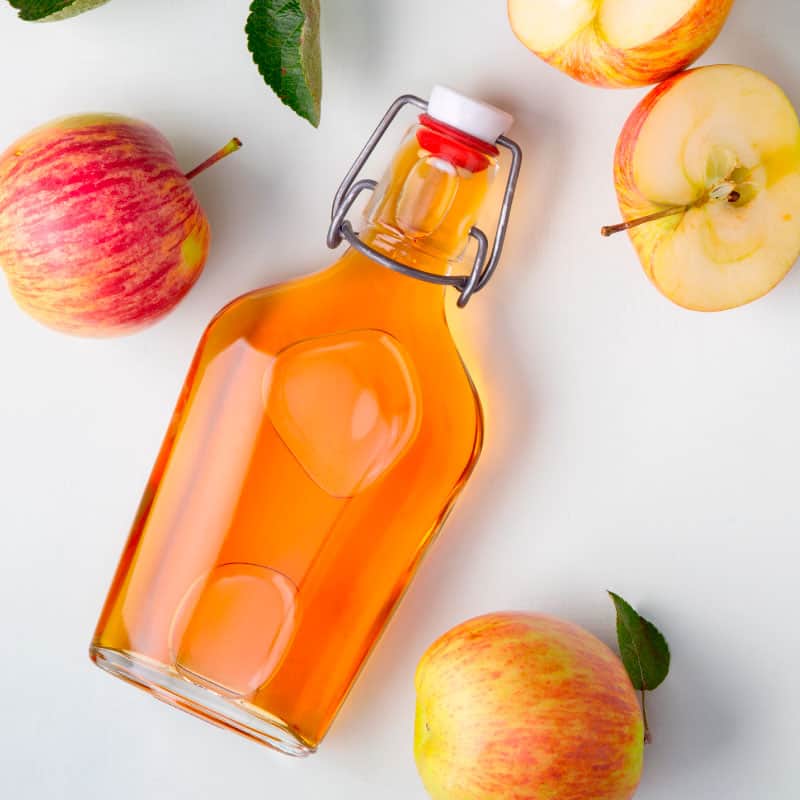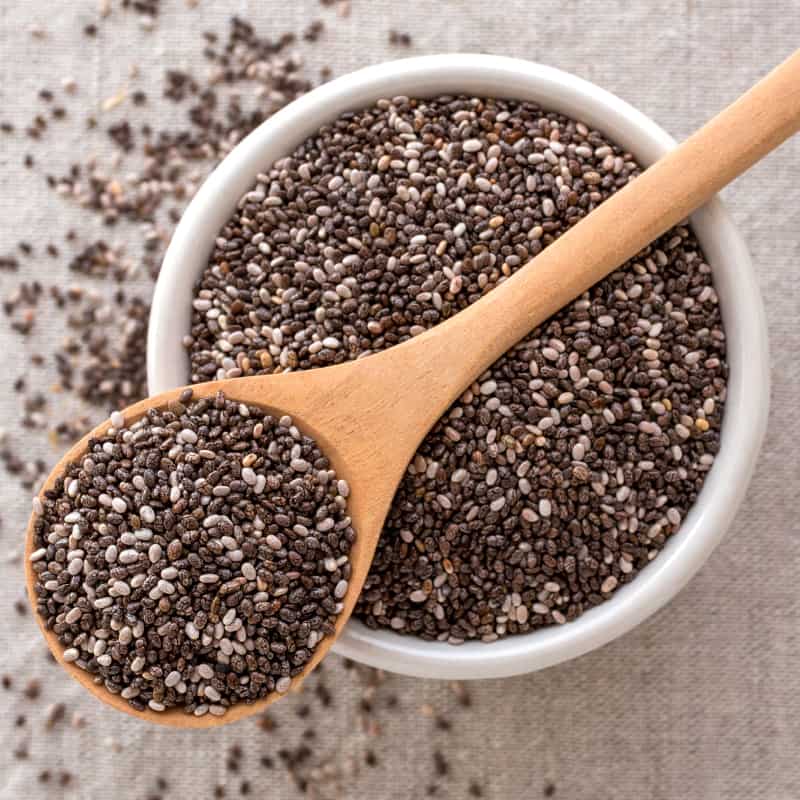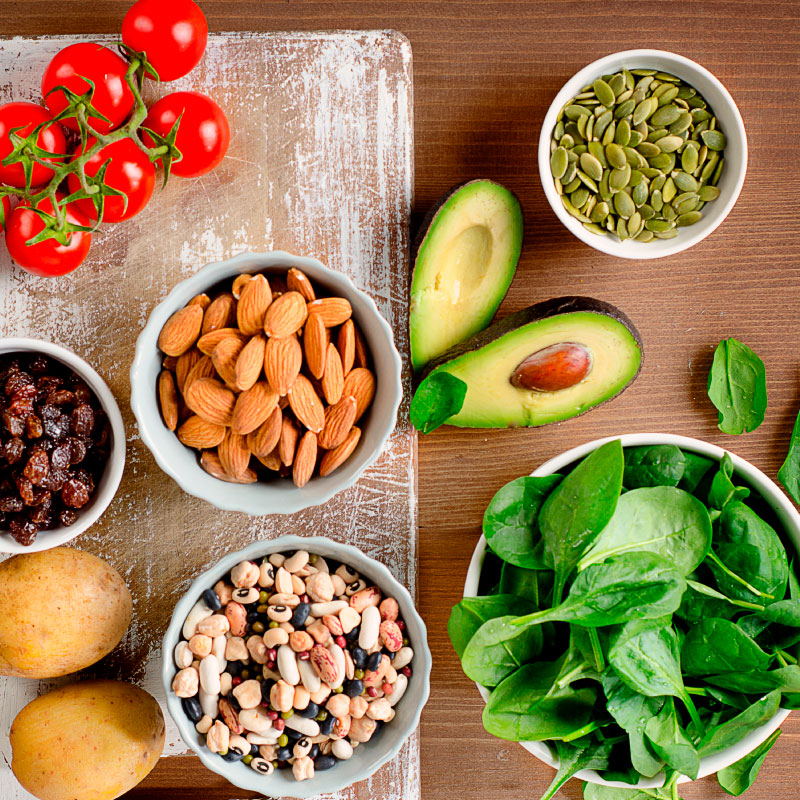This Dr. Axe content is medically reviewed or fact checked to ensure factually accurate information.
With strict editorial sourcing guidelines, we only link to academic research institutions, reputable media sites and, when research is available, medically peer-reviewed studies. Note that the numbers in parentheses (1, 2, etc.) are clickable links to these studies.
The information in our articles is NOT intended to replace a one-on-one relationship with a qualified health care professional and is not intended as medical advice.
This article is based on scientific evidence, written by experts and fact checked by our trained editorial staff. Note that the numbers in parentheses (1, 2, etc.) are clickable links to medically peer-reviewed studies.
Our team includes licensed nutritionists and dietitians, certified health education specialists, as well as certified strength and conditioning specialists, personal trainers and corrective exercise specialists. Our team aims to be not only thorough with its research, but also objective and unbiased.
The information in our articles is NOT intended to replace a one-on-one relationship with a qualified health care professional and is not intended as medical advice.
Low-Fiber Diet Pros & Cons & How to Follow It
August 31, 2023
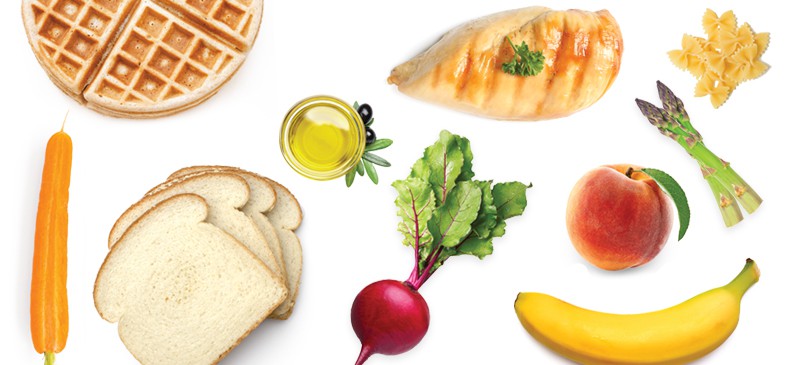
For years, fiber has been well-studied for its powerful impact on digestion, heart health, disease prevention and more. However, for some people, loading up on the high-fiber foods may actually end up doing more harm than good. In fact, doctors often prescribe a low-fiber diet for certain health conditions in an effort to give the digestive system a rest and promote healing.
What is a low-fiber diet, and who might need it? Are there any benefits of a low-fiber diet, and what foods can you eat while still limiting fiber consumption?
Let’s take a closer look.
Who Needs a Low-Fiber Diet?
Low-fiber diets are designed to help reduce stress on the digestive system, decrease the amount of food moving through the gastrointestinal tract and reduce GI symptoms, such as stomach pain, gas, bloating and diarrhea.
The diet is typically followed for a short amount of time during flare-ups of digestive issues, including:
- Ulcerative colitis
- Crohn’s disease
- Irritable bowel syndrome
- Diverticulitis
It also may be recommended prior to certain surgical procedures, such as colonoscopy, colostomy or ileostomy. This diet is sometimes necessary for those who have a narrowing of the gastrointestinal tract as well, which can make digestion difficult.
For certain conditions, other dietary changes may also be necessary. On an ulcerative colitis diet, for example, your doctor may recommend following a low-fat, low-fiber diet. Why? High-fat foods may trigger symptoms for some people.
Meanwhile, if you suffer from irritable bowel syndrome (IBS), reducing fiber intake may help decrease symptoms during flare-ups, but other ingredients may also trigger symptoms, including caffeine, sugar alcohols or alcohol.
Low-Fiber Diet Pros and Cons
Following a low-fiber diet is often necessary to help give your digestive system a rest during stressful times. In particular, many recommend a short-term, low-fiber diet for IBS, diverticulitis, ulcerative colitis and Crohn’s disease, especially when you’re experiencing a flare-up of symptoms.
It is also used prior to procedures like colonoscopies to help ensure that your bowels are clear.
However, fiber is important to many aspects of health and a key component of a well-rounded diet. In fact, fiber has been shown to improve blood sugar control, reduce blood pressure and cholesterol, boost weight loss, and support digestive health. Fiber also protects against issues such as gastroesophageal reflux disease (GERD), hemorrhoids, diverticulitis, constipation and intestinal ulcers.
Not only that, but reducing your intake of fiber eliminates many healthy, nutrient-rich foods from your diet altogether. Cruciferous vegetables, berries, nuts, seeds and whole grains are all jam-packed with antioxidants, vitamins and minerals but are typically off-limits during a low-fiber diet.
SWhat happens if you don’t eat enough fiber? While low-fiber diets are fine in the short term, they may be associated with adverse health effects in the long run. For example, studies show that higher fiber intakes are associated with a lower risk of heart disease, type 2 diabetes, obesity and colorectal cancer.
How to Follow
The low-fiber diet involves cutting out high-fiber foods like raw fruits and veggies, whole grains, nuts, seeds, and legumes. Instead, you can enjoy a variety of refined grains, low-fiber fruits and veggies, soft protein foods, and healthy fats.
One of the easiest swaps when following a high-fat, low-fiber diet is to swap out whole grains like whole wheat, oats, quinoa and brown rice for white bread, white pasta and white rice instead. Many canned or cooked veggies are also lower in fiber, especially when consumed without the skin and seeds.
On a low-fiber, low-residue diet, simply mix and match your favorite low-fiber protein foods with a starch and a veggie to make a well-rounded meal.
Foods to Avoid
On a low-fiber diet, it’s absolutely essential to limit your consumption of fiber foods, such as high-fiber fruits, veggies, beans, legumes and whole grains. Here are a few of the top foods with fiber that you should avoid on a low-fiber diet:
- Whole grains, such as oats, quinoa, brown rice, barley, buckwheat, etc.
- Raw and dried fruit
- Cruciferous vegetables, such as broccoli, Brussels sprouts, cauliflower, kale and cabbage
- Onions
- Garlic
- Avocados
- Potatoes with skin
- Processed meats, such as cold cuts, sausages, hot dogs, jerky, etc.
- Spicy foods
- Legumes, such as beans, lentils, peas
- Nuts and seeds
Low-Fiber Foods to Eat
There are plenty of low-fiber foods and low-fiber snacks that you can safely enjoy while restricting the amount of fiber in your diet. Plus, there are even several low-fiber vegetables, starches and fruits that you can consume as well.
Which vegetables are low in fiber, and which fruits are low in fiber? Here are a few of the top foods that you can include as part of a low-fiber diet:
- Fruits: bananas, melons, nectarines, peaches, papayas, canned fruit
- Vegetables: well-cooked/canned veggies without skin or seeds, including carrots, asparagus tips, skinless potato, beets, spinach, mushrooms, eggplant, zucchini, acorn squash without seeds
- Starches: white pasta, white bread, white rice, plain crackers, pancakes/waffles made with white flour, low-fiber refined hot/cold cereals
- Protein Foods: eggs, skinless chicken, skinless turkey, fish, seafood, dairy products (if tolerated)
- Healthy Fats: olive oil, coconut oil, grass-fed butter, ghee
How Long to Follow
In most cases, a low-fiber diet should be followed for short periods of time. A low-fiber diet for colonoscopy, for example, is typically only necessary for a few days before your procedure. For other issues like Crohn’s disease or diverticulitis, a low-fiber diet is typically recommended only during flare-ups to help decrease symptoms.
Over time as symptoms subside, you can typically start to slowly add fiber back into your diet. It’s recommended to work closely with your doctor or dietitian to determine how long you you should follow a low-fiber diet, as it may vary on a case-by-case basis.
Following a low-fiber diet long term is not usually recommended because a diet low in fiber is associated with an increased risk of developing constipation and other digestive issues, like hemorrhoids, diverticulitis and intestinal ulcers. Fiber consumption is also linked to other health benefits, including better blood sugar control, decreased cholesterol levels and improved digestive health.
Meal Plan
Fortunately, there are plenty of low-fiber diet recipes and low-fiber diet menu examples out there, making it easier than ever to enjoy a balanced and varied diet while still minimizing fiber intake. Here’s a simple three-day meal plan that includes a few examples of delicious, low-fiber foods that you can include in your diet:
Day One
- Breakfast: scrambled eggs with two slices of white bread
- Lunch: grilled skinless chicken with cooked carrots and skinless baked potato
- Dinner: baked salmon with zucchini and white rice
- Snack: pretzels with peanut butter
Day Two
- Breakfast: pancakes made with white flour, topped with sliced bananas
- Lunch: roasted skinless turkey with steamed spinach and white bread
- Dinner: tuna pasta with asparagus tips
- Snacks: plain crackers with sliced cheese
Day Three
- Breakfast: cooked farina with creamy almond butter and omelette
- Lunch: baked lemon chicken with roasted beets and skinless sweet potato
- Dinner: cooked acorn squash stuffed with ground turkey, cheese and tomato sauce
- Snacks: cottage cheese with melon chunks
Risks and Side Effects
Although a low-fiber diet is often necessary for the treatment of a variety of conditions, it’s not meant to be followed for long periods of time. Not only is fiber associated with several health benefits, but it’s also found in many nutritious ingredients that supply a number of other important vitamins and minerals.
In most cases, fiber can be slowly added back into the diet once any digestive side effects subside. Be sure to work with a trusted health care practitioner to determine how long you may need to be on a low-fiber diet and whether any other dietary modifications are necessary.



